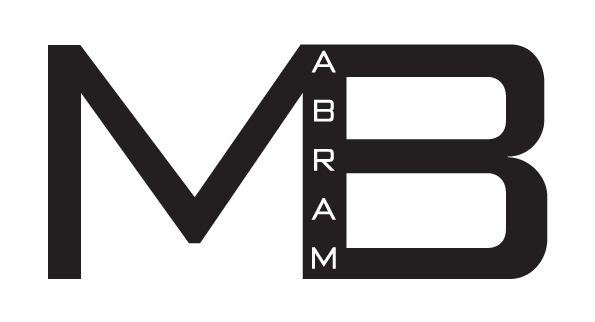At Last A Thousand State II
June Wayne
24 x 34/85 in. (61.9 x 87.9 cm)
Lithograph
Edition of 10
Bleed edges. Numbered, signed, dated, and titled in graphite or white crayon within image lower right; embossed with the artist's, printer's, and publisher's chops. Lithographs printed by Jurgen Fischer, assisted by Walter Gabrielson, and published by Tamarind Lithography Workshop on Rives BFK .
Year: 1965
SELECTED EXHIBITIONS
Birmingham Museums and Art Gallery, 2006; Zimmerli Art Museum, 2003; Norton Simon Museum, 2001; Tobey C. Moss Gallery, 1993 (illus.); Tobey C. Moss Gallery, June 1983 and Winter 1983; Los Angeles County Museum of Art, 1980 (illus.); University of Iowa Museum of Art, 1973; University of Iowa Museum of Art, 1970; Cincinnati Art Museum, 1969; Downey Museum ofArt, 1969; Far Gallery, 1969; University of New Mexico Art Museum, 1968 (cover illus.); Cincinnati Art Museum, 1968; American Color Print Society, 1966
SELECTED COLLECTIONS
Amon Carter Museum, Brodsky Center, Grunwald Center, Los Angeles County Museum of Art, Museum of Contemporary Art (San Diego) (Tamarind impressions), Museum of Modern Art, National Gallery of Art, University of Arizona Museum of Art, University of New Mexico Art Museum, Cincinnati Art Museum, Norton Simon Museum, Oakland Museum, Zimmerli Art Museum
SELECTED LITERATURE
Noronha, 2001; Gilmour, 1992; Sakane, 1989 (illus.); Tamarind Lithography Workshop, 1989 (illus.); Museum of Modern Art, 1986; Watrous, 1984 (illus.); Johnson, 1980; Adams and Antreasian, 1971 (illus.); Baskett,1969 (illus.); Simon, 1969 (illus.)), Simon 1969
NOTES
At Last a Thousand marks several milestones in Wayne's career: professional, technical, and philosophical. The title celebrates the fact that by this date the Tamarind Lithography Workshop had pulled well over a thousand editions. The staff had set number one thousand aside in Wayne's honor, which she had been too busy to draw. When she finally got around to it, they and she exclaimed, "At last! A thousand!"
The four versions of this landmark image suggest the instantaneous transitions in the flash of an atomic explosion, with the final image recording the last blinding moment. At the same time, they introduce the distinctive cosmic imagery that would occupy Wayne's attention for almost two decades later in her career.
The print is also a culmination of her water— tusche and salt experiments and her inventive use of sand. twigs, wood, paper, glass, and other materials as stop—outs on a scale and complexity that exceeded any previous work. The second state takes the first run from state | and adds three new plates in colored inks. In the third state, the original plate is redrawn, the upper corners and bottom filled in, and figures added to the lower ring of the explosion. The fourth state is a positive/negative reversal of the original plate, with about five inches of the background on the two sides eliminated. (Source: The Art of Everything, Robert Conway, 2007)
COMMENTS
“The textures of these images were generated by peau de crapaud, quickened by salt. I cooked them very slowly, taking maybe a month, maybe three months for a plate to become ripe for use. And I may have had to bathe the air above the plate with an air—rain of tusche, which would settle during the night. Sometimes it would have to settle for several days. And then I'd examine it, and ifl didn't have enough of whatever it is I wanted, I'd add another spray and let it settle. If I had drawn directly, my motions would move the particles, and I wanted the tusche to become an outline of the physical sand or other debris that I had placed there.” - June Wayne (Source: The Art of Everything, Robert Conway, 2007)


